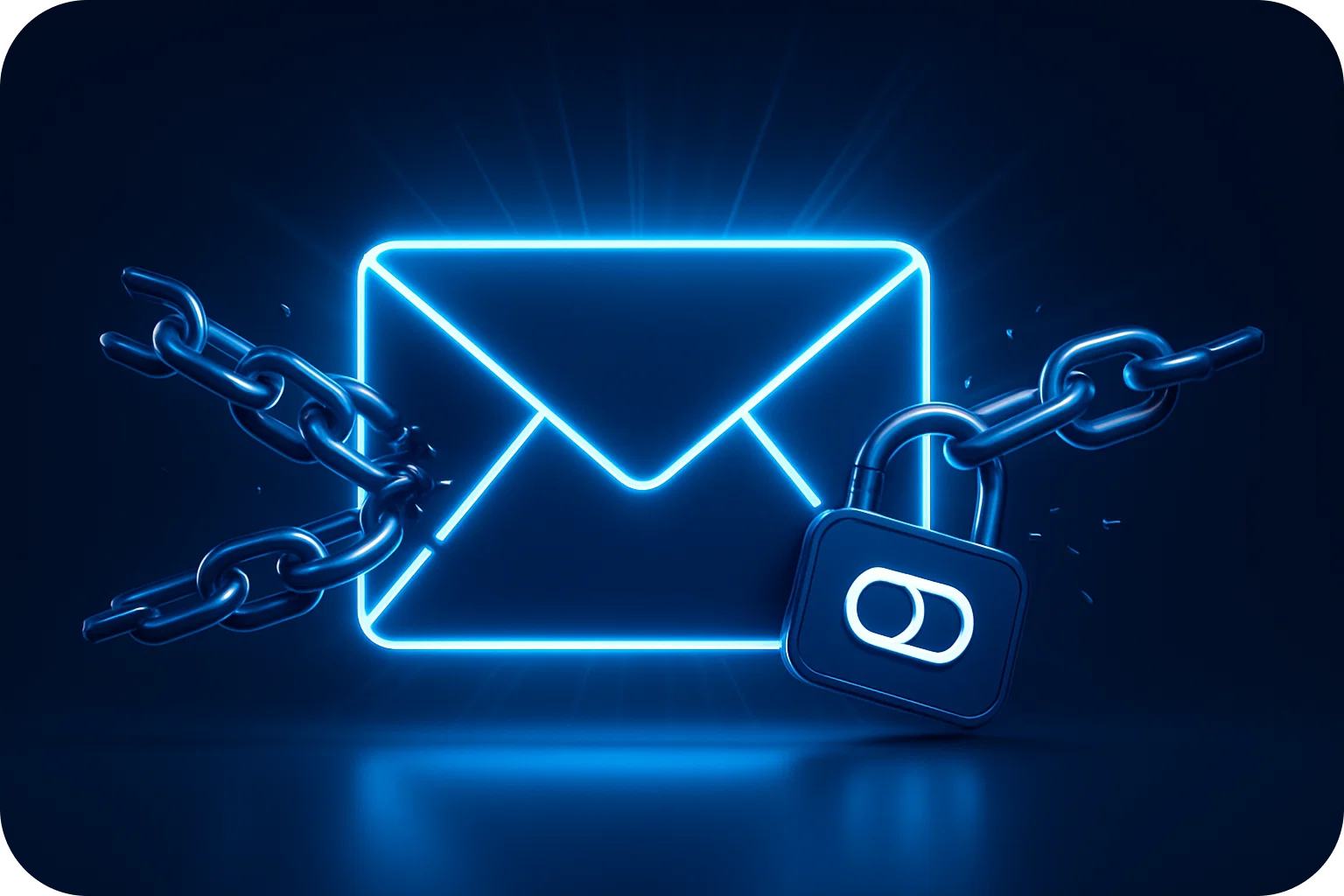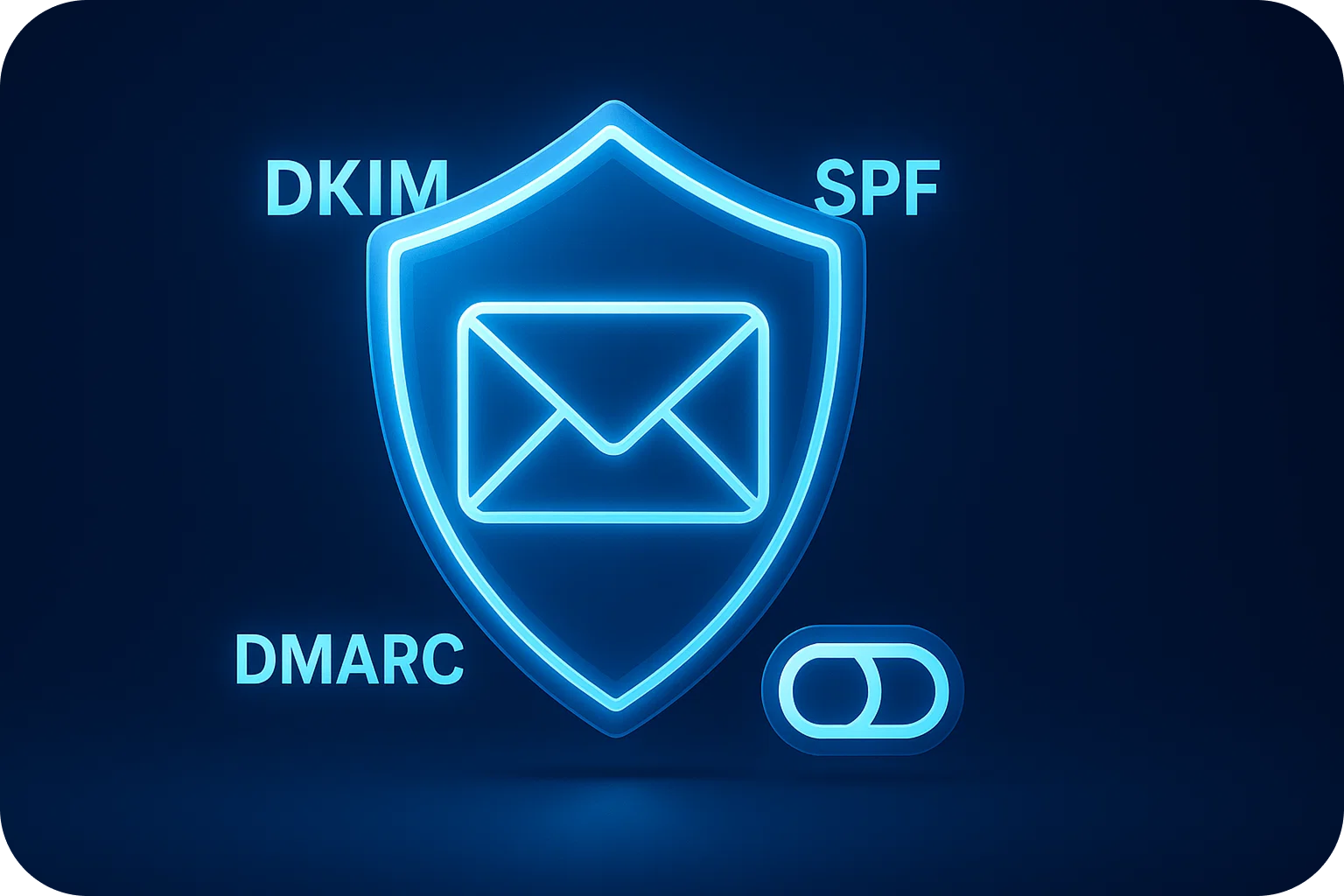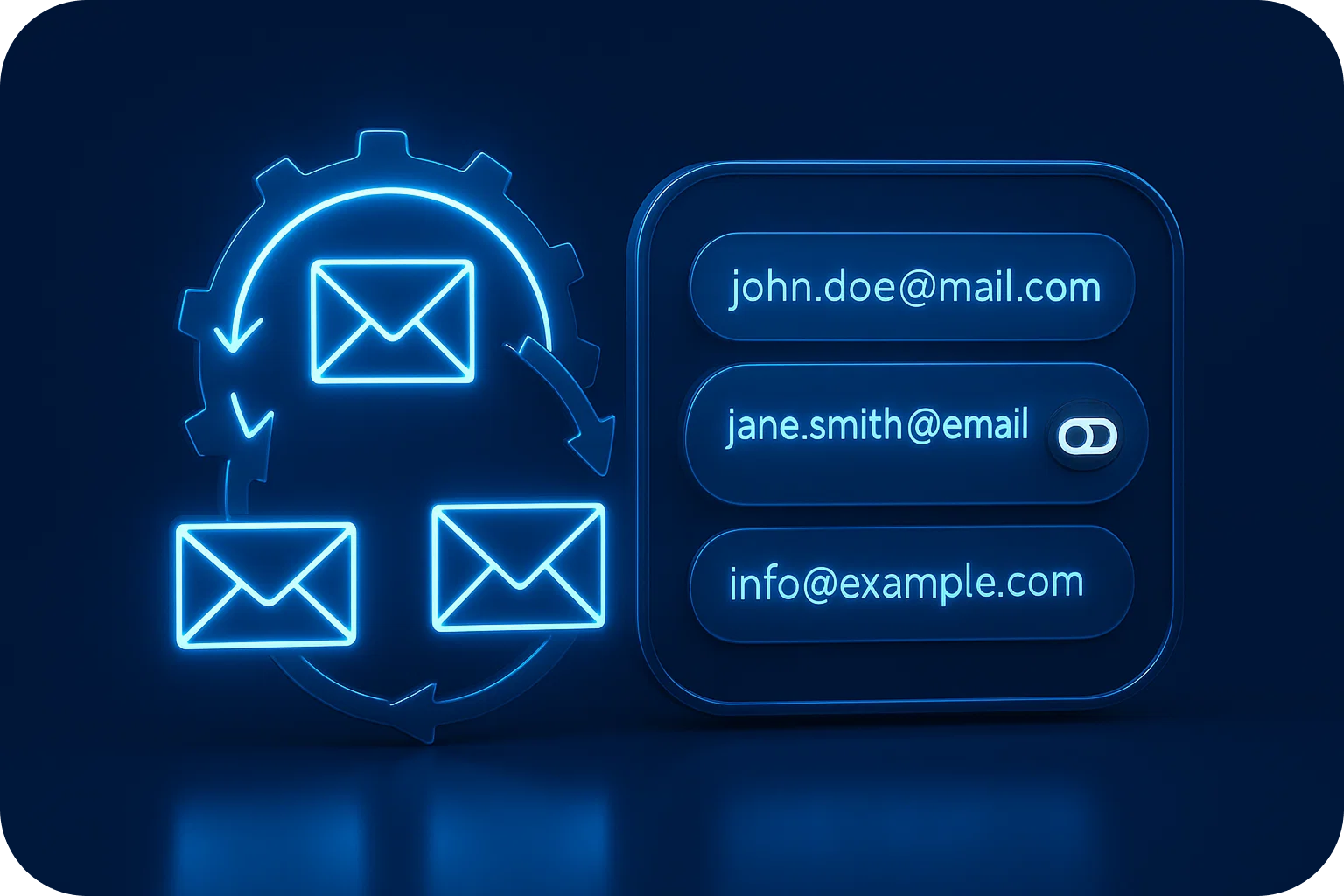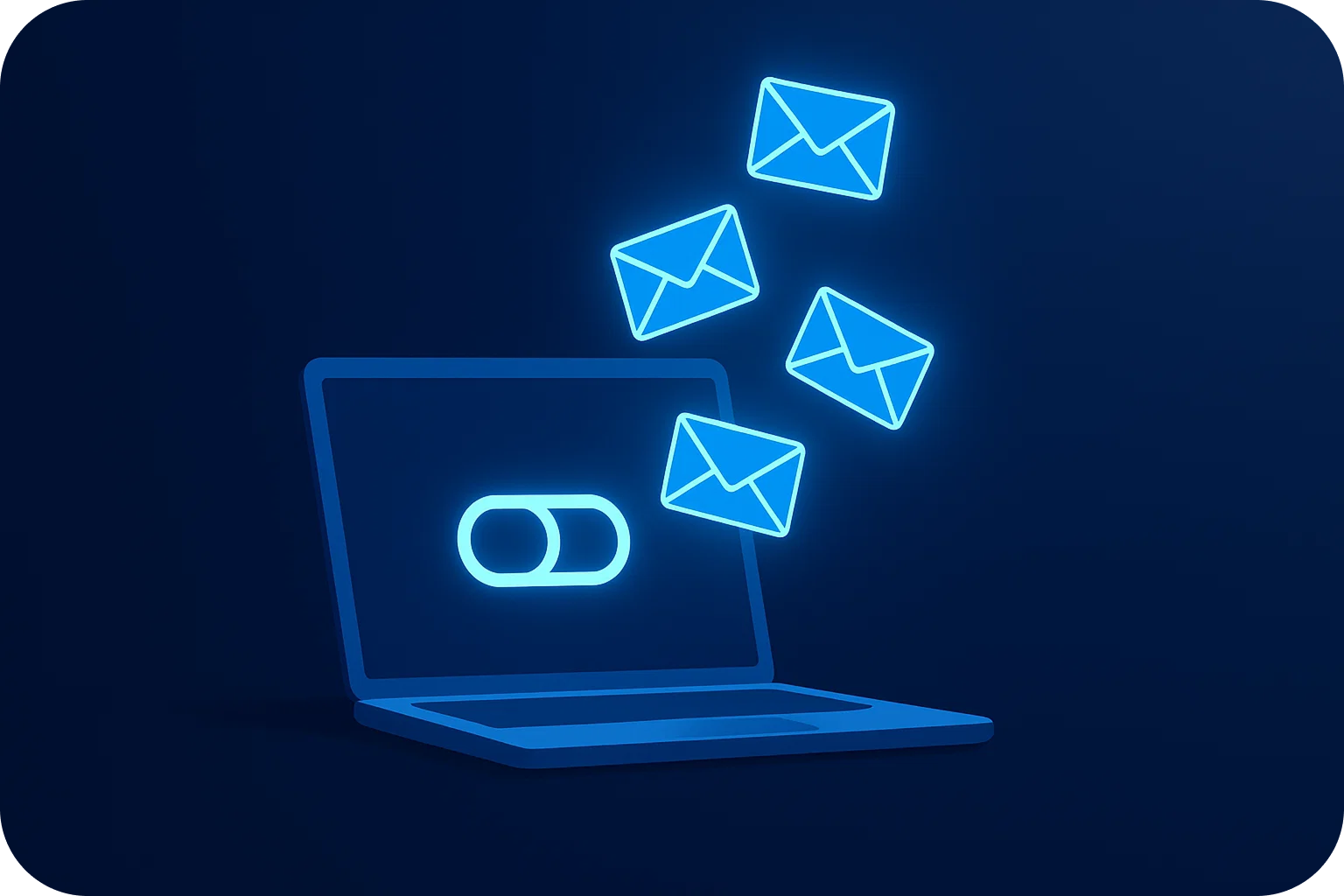The Cold Email Compliance Checklist: CAN-SPAM, GDPR, and CASL in 2025
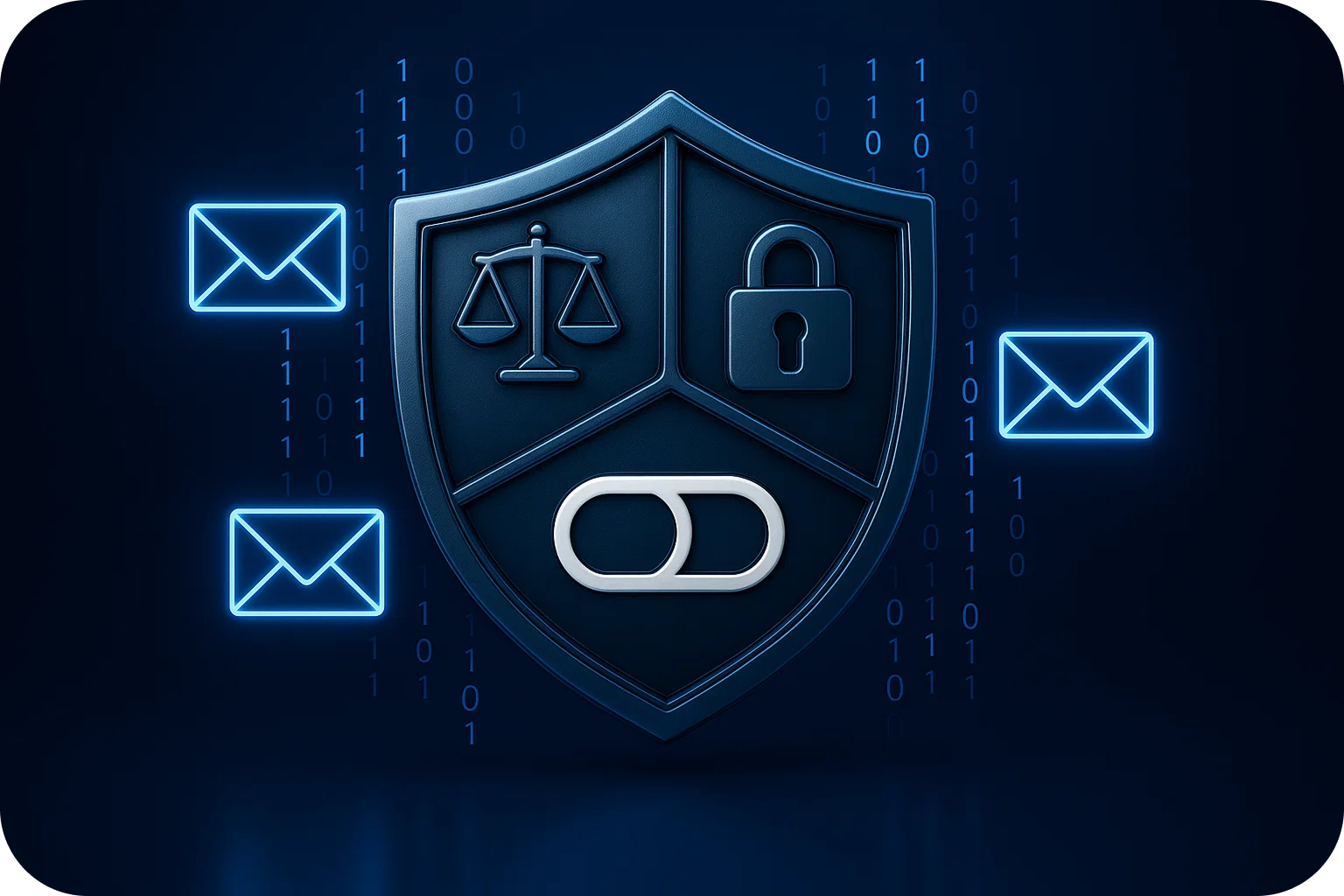
Cold email outreach remains one of the most effective channels for B2B sales and lead generation. But in 2025, sending cold emails without understanding compliance regulations isn't just risky, it's potentially catastrophic for your domain reputation, deliverability rates, and business bottom line.
Whether you're a startup founder scaling your first outreach campaign or a sales team sending thousands of emails monthly, understanding CAN-SPAM, GDPR, and CASL regulations is non-negotiable. This comprehensive checklist will help you navigate the legal landscape while maintaining the high deliverability rates your campaigns depend on.
Why Email Compliance Matters More Than Ever
Email compliance isn't just about avoiding fines, though those can be substantial. It's about protecting your sender reputation, maintaining inbox placement rates, and building sustainable outreach infrastructure.
When you violate email laws, you risk:
- Severe financial penalties: Up to $50,120 per violation under CAN-SPAM, €20 million or 4% of annual revenue under GDPR, and up to $10 million CAD under CASL
- Domain blacklisting: Your sending domains can be flagged by major email providers
- Deliverability collapse: Your emails land in spam folders instead of primary inboxes
- Reputation damage: Your brand becomes associated with spam practices
- Lost revenue: Campaigns fail to reach prospects, directly impacting the pipeline
The good news? Compliance doesn't have to be complicated. Let's break down each major regulation.
CAN-SPAM Act: The US Standard
The CAN-SPAM Act (Controlling the Assault of Non-Solicited Pornography And Marketing) applies to all commercial emails sent to US recipients. Despite its name, it doesn't ban cold emails, it sets rules for how they must be sent.
CAN-SPAM Requirements:
1. Accurate Header Information
Your "From," "To," and routing information must be accurate and identify the person or business who initiated the email. Never use misleading sender names or fake email addresses.
2. Non-Deceptive Subject Lines
Your subject line must accurately reflect the content of your email. Clickbait or misleading subjects violate CAN-SPAM and damage trust.
3. Identify the Message as an Ad
While this applies more to marketing emails than B2B cold outreach, your email should be clear about its commercial nature. Transparency builds credibility.
4. Include Your Physical Address
Every email must include your valid physical postal address. This can be your street address, a PO Box registered with USPS, or a private mailbox registered with a commercial mail receiving agency.
5. Provide a Clear Opt-Out Method
Recipients must be able to unsubscribe easily. Your opt-out mechanism must:
- Be clearly visible and easy to understand
- Function for at least 30 days after sending
- Process opt-out requests within 10 business days
- Not require the recipient to pay, provide information beyond their email address, or take unreasonable steps
6. Honor Opt-Outs Promptly
Once someone unsubscribes, you cannot send them commercial emails. You also cannot sell or transfer their email address to another list.
7. Monitor Third-Party Compliance
If you hire another company to handle your email marketing, you're still legally responsible for compliance. Choose your email infrastructure provider carefully.
GDPR: The European Privacy Standard
The General Data Protection Regulation (GDPR) is the EU's comprehensive data privacy law. It applies to any business that processes personal data of EU residents, regardless of where your company is located.
GDPR Requirements for Cold Email:
1. Establish a Lawful Basis
Under GDPR, you need a lawful basis to process personal data (including email addresses). For B2B cold email, the most common basis is "legitimate interest," but you must be able to demonstrate that your interest doesn't override the recipient's privacy rights.
2. Ensure Data Accuracy
You must take reasonable steps to ensure email addresses and associated data are accurate and up-to-date. Using verified, quality data sources is essential.
3. Implement Data Minimization
Only collect and process the data you actually need. Don't gather excessive information about prospects beyond what's necessary for your outreach.
4. Provide Transparency
Recipients have the right to know how you obtained their information and how you'll use it. Include this in your privacy policy and be prepared to explain your data sources.
5. Enable Data Subject Rights
EU residents have the right to:
- Access their data
- Correct inaccurate data
- Request deletion (the "right to be forgotten")
- Object to processing
- Request data portability
You need systems in place to honor these requests promptly.
6. Maintain Security
Implement appropriate technical and organizational measures to protect personal data. This includes secure storage, encryption, and access controls.
7. Document Your Compliance
Keep records of your data processing activities, legitimate interest assessments, and compliance measures. If challenged, you'll need to demonstrate compliance.
GDPR Best Practices for Cold Email:
- Focus on B2B contacts using professional email addresses (not personal Gmail accounts)
- Clearly explain your legitimate interest in the first email
- Make opt-out simple and honor requests immediately
- Regularly clean your email lists to remove inactive or bounced addresses
- Work with infrastructure providers that are GDPR-compliant
CASL: Canada's Anti-Spam Legislation
Canada's Anti-Spam Legislation (CASL) is often considered the strictest email law globally. It applies to commercial electronic messages sent to or from Canada.
CASL Requirements:
1. Obtain Consent (With Exceptions)
CASL generally requires express or implied consent before sending commercial emails. However, there's an important exception: you can send emails without prior consent if you have an "existing business relationship" or "existing non-business relationship."
For cold B2B outreach, you may rely on implied consent if:
- The recipient's email address is publicly available
- The address wasn't published with a statement prohibiting unsolicited emails
- The message is relevant to the recipient's business role or functions
2. Clearly Identify Yourself
Your email must clearly identify you or your business, including accurate sender information.
3. Provide Contact Information
Include a valid physical mailing address and either a phone number, email address, or web address.
4. Include an Unsubscribe Mechanism
Every email must have a clear, functioning unsubscribe option that:
- It is valid for at least 60 days after sending
- Allows recipients to unsubscribe at no cost
- Doesn't require login or additional information beyond email address
5. Honor Unsubscribe Requests Promptly
Process opt-outs within 10 business days.
CASL Best Practices:
- Keep detailed records of where you obtained email addresses
- Ensure your message is relevant to the recipient's business role
- Don't use harvested or purchased consumer email lists
- Make your unsubscribe mechanism prominent and simple
Your 2025 Cold Email Compliance Checklist
Use this checklist before launching any cold email campaign:
Before You Send:
- ☐ Verify your email list source is legitimate and compliant
- ☐ Confirm you're using accurate sender information
- ☐ Set up proper email authentication (SPF, DKIM, DMARC)
- ☐ Prepare your privacy policy and data processing documentation
- ☐ Implement a reliable unsubscribe mechanism
- ☐ Add your physical business address to email templates
In Every Email:
- ☐ Use accurate, non-deceptive subject lines
- ☐ Include clear sender identification
- ☐ Add your physical business address
- ☐ Include a visible, functional unsubscribe link
- ☐ Ensure the message is relevant to the recipient's business role
- ☐ Avoid misleading or false information
Ongoing Compliance:
- ☐ Process unsubscribe requests within 10 business days
- ☐ Maintain suppression lists and honor opt-outs permanently
- ☐ Regularly clean and update your email lists
- ☐ Monitor deliverability metrics and sender reputation
- ☐ Keep records of consent, data sources, and compliance measures
- ☐ Train your team on compliance requirements
- ☐ Review and update practices as regulations evolve
Building Compliant Cold Email Infrastructure
Compliance starts with your infrastructure. When you're managing multiple domains, hundreds of inboxes, and thousands of emails daily, manual compliance becomes impossible.
Modern cold email infrastructure platforms automate many compliance requirements:
- Automated DNS configuration: Proper SPF, DKIM, and DMARC setup prevents spoofing and improves deliverability
- Deliverability monitoring: Track inbox placement rates and identify issues before they damage your reputation
- Suppression list management: Automatically honor unsubscribe requests across all campaigns
- Email warm-up protocols: Gradually build sender reputation to maintain high deliverability
- Volume controls: Prevent sending spikes that trigger spam filters
With the right infrastructure, you can scale to 100x your current sending volume while maintaining 98%+ deliverability rates, all while staying fully compliant.
Common Compliance Mistakes to Avoid
1. Buying Email Lists
Purchased lists often violate multiple regulations and destroy your sender reputation. Build your own lists from legitimate sources.
2. Ignoring Unsubscribe Requests
This is one of the fastest ways to get reported and blacklisted. Honor every opt-out immediately.
3. Using Deceptive Subject Lines
Clickbait might get opens, but it violates CAN-SPAM and damages trust. Be honest and relevant.
4. Failing to Authenticate Emails
Without proper SPF, DKIM, and DMARC records, your emails look suspicious to spam filters.
5. Sending from Personal Gmail Accounts
This creates GDPR issues and limits your ability to scale. Use professional business email addresses.
6. Neglecting Data Security
Storing prospect data insecurely violates GDPR and puts your business at risk.
The Bottom Line: Compliance Enables Scale
Email compliance isn't a barrier to effective cold outreach; it's the foundation that enables sustainable scaling. When you follow CAN-SPAM, GDPR, and CASL requirements, you:
- Protect your domain reputation and deliverability rates
- Build trust with prospects through transparency
- Avoid costly fines and legal issues
- Create scalable, repeatable outreach processes
- Differentiate yourself from spammers and low-quality competitors
In 2025, the most successful sales teams and startups understand that compliance and effectiveness go hand-in-hand. By implementing proper email infrastructure, following regulatory requirements, and respecting recipient preferences, you can scale your cold email campaigns to 100x your current volume while maintaining the high deliverability rates that drive real business results.
Ready to build a compliant, scalable cold email infrastructure? Start with proper authentication, automated deliverability management, and enterprise-grade security, the foundation of every successful outreach program.
More articles
Get started now




%201.png)
